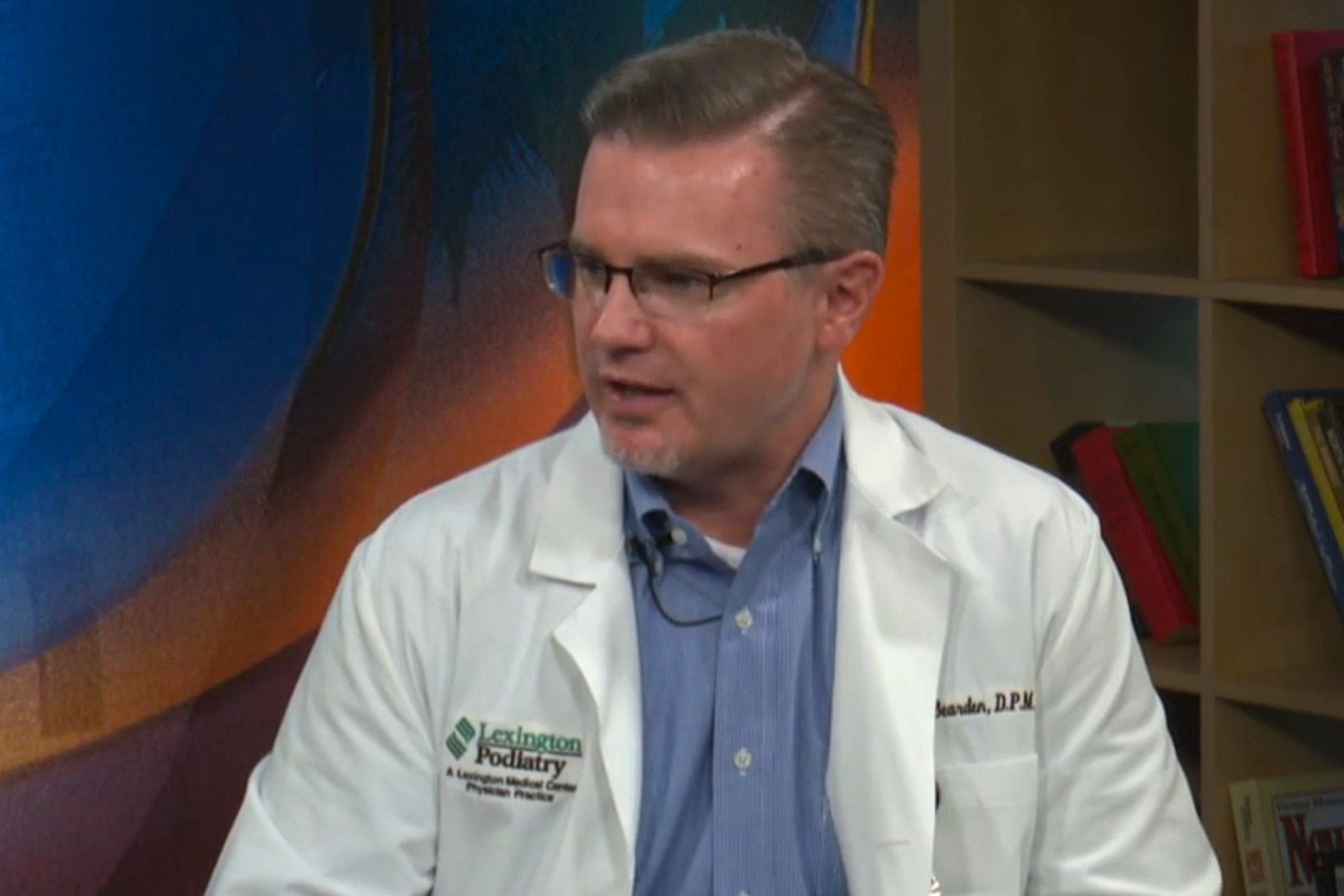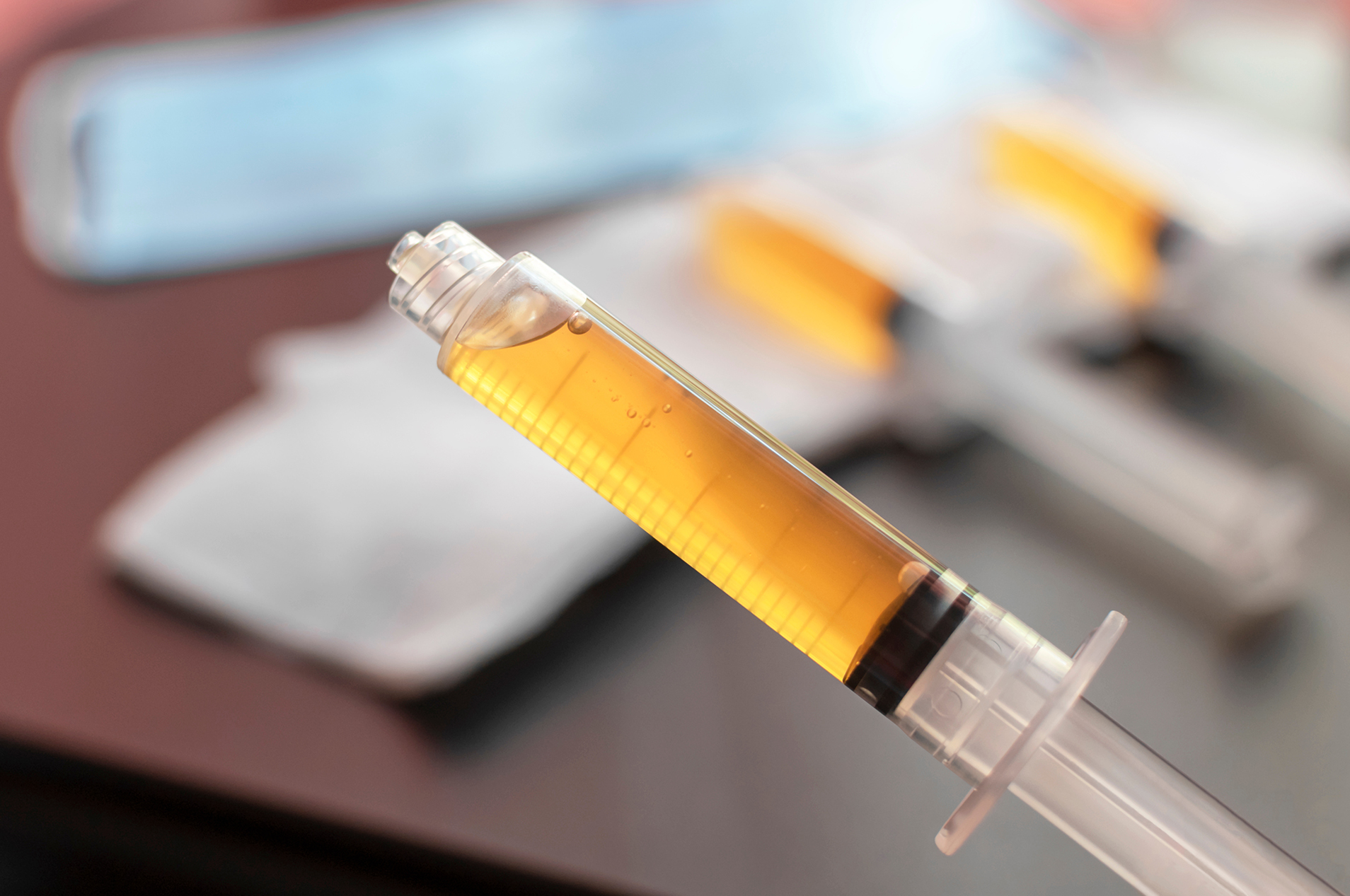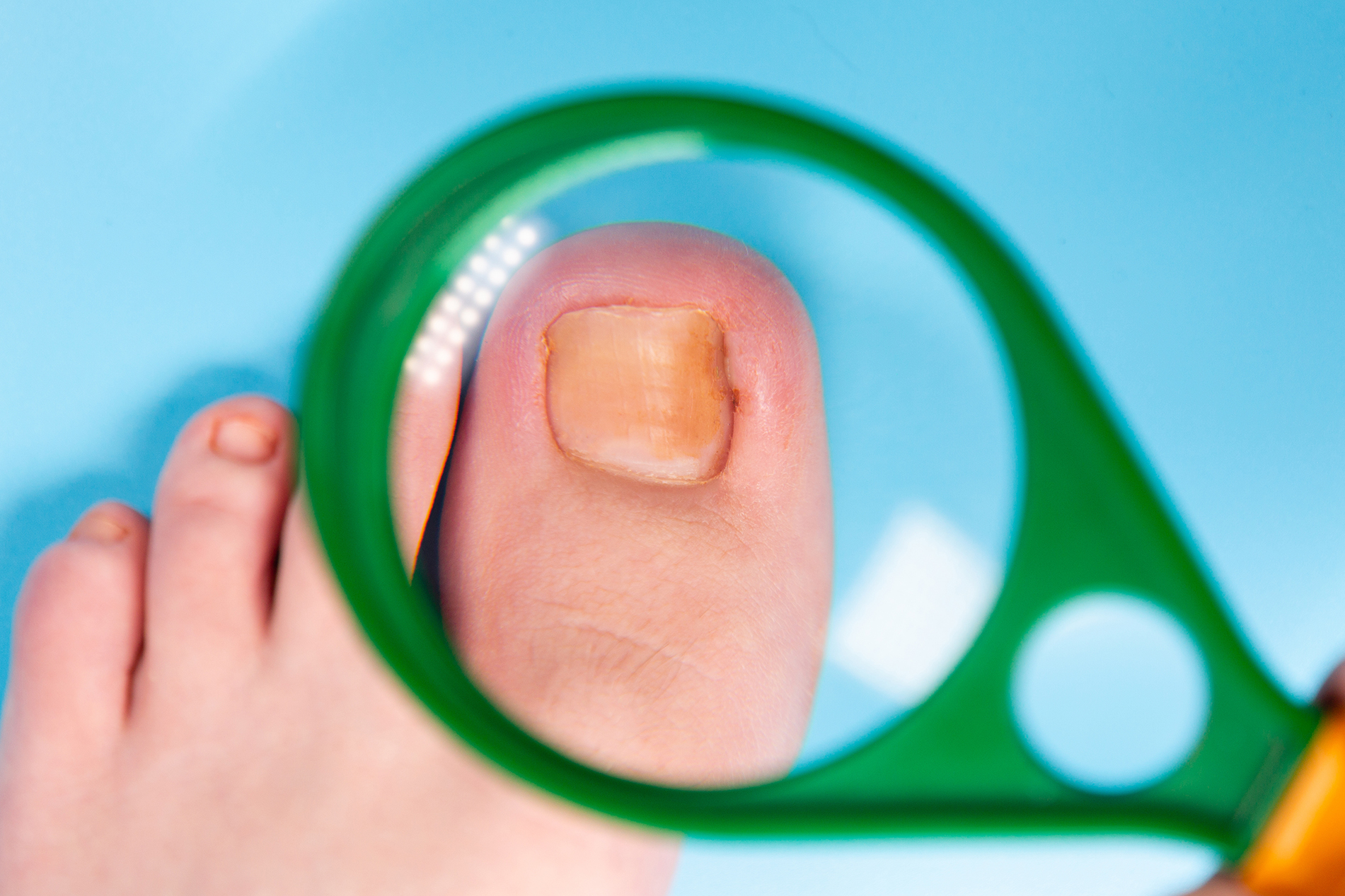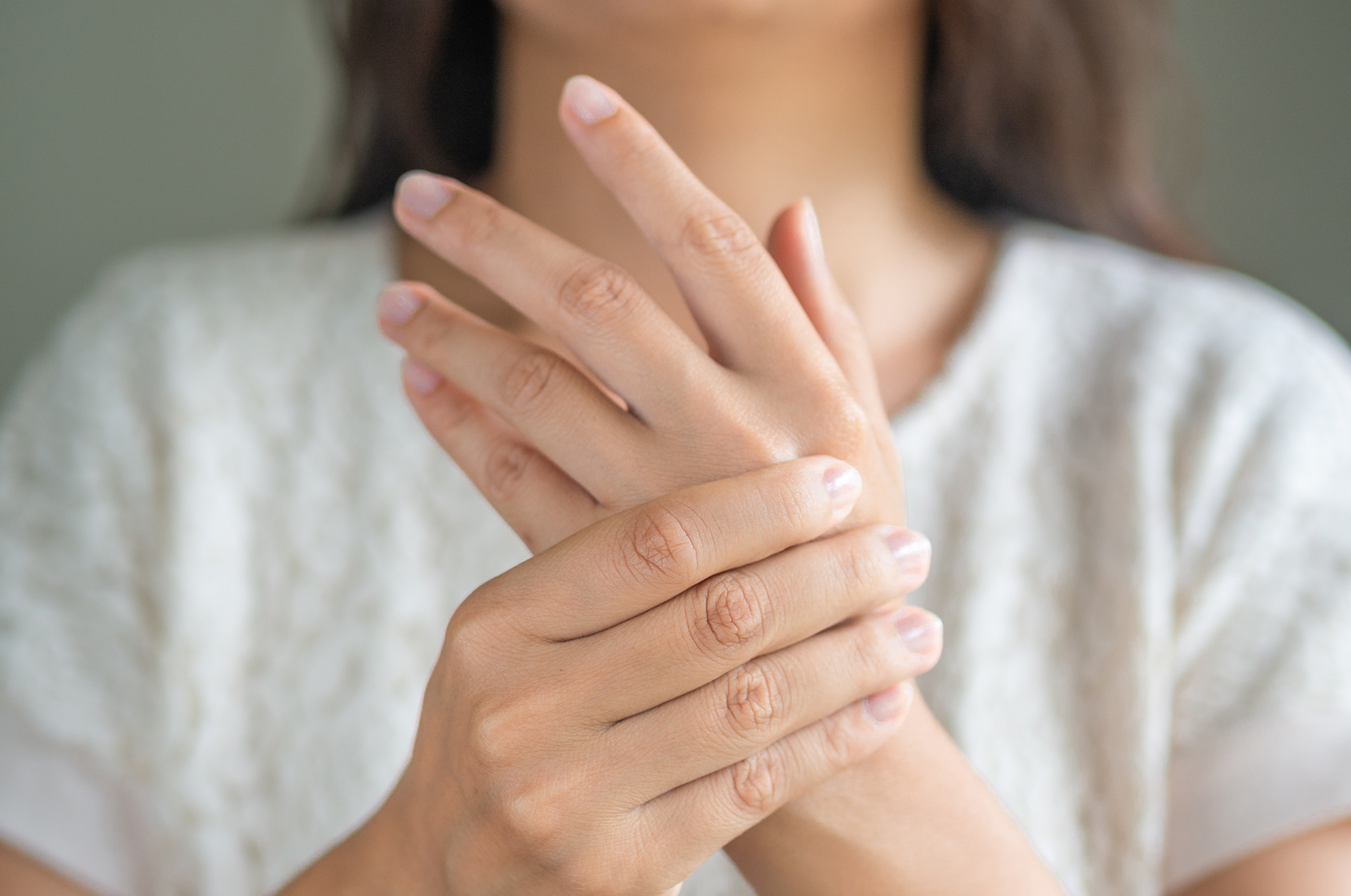Whether you're a seasoned runner or just starting out, you want to enjoy running without pain. J. Clint Pride, MD, with Lexington Orthopaedics and Sports Medicine shares advice on treating and preventing common running injuries.
Q. What are the most common injuries runners experience?
There are several common injuries runners can experience, most of which are considered overuse injuries. Overuse injuries are caused by repetitive microtrauma and usually occur after performing repetitive movement patterns.
Three common overuse injuries that occur are:
- Patellofemoral Pain Syndrome (PFPS)
- Achilles Tendinopathy
- Iliotibial Band Syndrome.
PFPS is characterized by anterior (front) knee pain and likely is caused by a combination of poor patellar (kneecap) tracking and inflammation of the knee joint lining called the synovium.
Achilles tendinopathy typically presents as pain in the back of the ankle after repetitive activity such as running.
IT band syndrome typically presents as pain near the outside of the knee and is usually present when performing repetitive knee motions and absent when at rest. It is caused by the friction of the distal IT band as it passes over the lateral portion of the distal femur called the femoral condyle.
Q. What steps can you take to avoid these injuries?
The most effective way to prevent the above injuries is to have a good plan for the training process of a race. Many people try to jump into running way too quickly instead of gradually increasing their training load over a prolonged period. This rapid increase in training intensity or duration will significantly increase the chance of developing the above conditions among others.
When training, a good general rule of thumb is to not increase your distance more than 10% per week and to keep your heart rate at around 75% of your heart rate maximum. One other specific way to prevent the above injuries is to cross-train with resistance exercise. Specifically, strengthening up the quadriceps, hamstrings, lateral hip musculature, and core will significantly reduce your chance for injury.
Q. Are there any vitamins, supplements or medications you recommend for runners to prevent injury?
Many people are searching for a miracle pill or supplement for the prevention of musculoskeletal injury but, sadly, it does not exist. A well-balanced diet consisting of energy rich, calorically dense foods along with a daily multivitamin will give your body the fuel it needs to train and prepare for race day.
Q. When should someone back off their training to avoid injury?
It is normal to experience soreness after training, and this should not preclude you from running or working out. If you begin to experience focal pain, meaning over a particular area of your body, then you should back off training until it resolves. If this pain does not resolve or quickly returns once you resume training, it is appropriate for you to seek out medical care.
Q. When should someone use ice vs. heat to treat an injury?
The mechanism of treatment for ice and heat are completely different. Ice is by nature anti-inflammatory while heat is pro-inflammatory. If you experience an acute episode of pain, ice should by your first go-to to reduce inflammation. Ice can be used in a variety of different ways but 10 minutes on, 10 minutes off is a good initial strategy.
Heat can be used to treat chronic or sub-acute types of pain as well as muscle spasm.
Q. What else should runners do to prevent injury?
One other thing that is beneficial for prevention of injury is to have both a dedicated warm-up and cool-down period that bookend training. Your warm-up should consist of light physical activity combined with dynamic stretching to prepare your body for your training session. The cool-down period should be another small session of light physical activity combined with static stretching to help loosen up your tight muscles that were just stressed.

J. Clint Pride, MD, Lexington Orthopaedics and Sports Medicine









Leave a comment